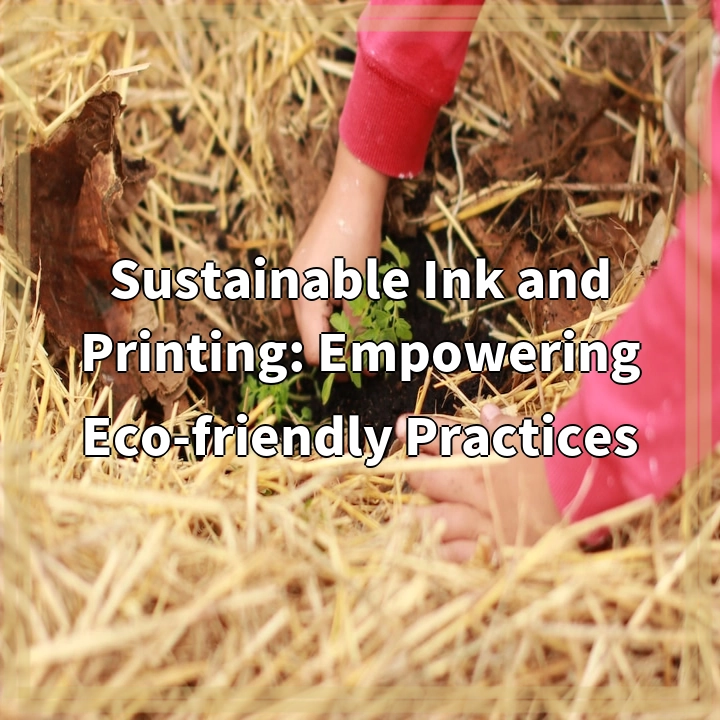
What is Sustainable Ink and Printing?
Sustainable ink and printing refer to environmentally friendly practices and materials used in the printing industry. It involves the use of eco-friendly inks, papers, and printing techniques that minimize negative impacts on the environment.
Real-World Problems Associated with Sustainable Ink and Printing
While sustainable ink and printing practices aim to lessen the environmental impact of the industry, there are still several challenges that need to be addressed:
1. Toxic Chemicals in Conventional Inks
Conventional inks contain harmful substances such as volatile organic compounds (VOCs) and heavy metals. These chemicals can pollute the air, soil, and waterways, posing significant risks to human health and ecosystems.
2. Non-recyclable Printing Materials
Many printing materials, such as certain types of paper and packaging, are not easily recyclable. This leads to large amounts of waste that end up in landfills, contributing to the growing problem of waste management.
3. High Energy Consumption
Traditional printing methods often involve energy-intensive processes, such as heat drying and large-scale machinery. The high energy consumption contributes to carbon emissions and contributes to climate change.
4. Deforestation and Habitat Loss
The printing industry often relies on paper made from trees, leading to deforestation and habitat loss. Unsustainable logging practices can have devastating impacts on forests and the biodiversity they support.
5. Lack of Consumer Awareness
Many consumers are unaware of the environmental impacts of printing and the availability of more sustainable alternatives. This lack of awareness can hinder the demand for eco-friendly printing practices and slow down the industry’s transition towards sustainability.

Solutions for Sustainable Ink and Printing
Addressing the real-world problems associated with sustainable ink and printing requires proactive measures from industry players and consumers alike. Here are some key solutions:
1. Transition to Eco-friendly Inks
Investing in and promoting the use of eco-friendly inks that are free from toxic chemicals, such as vegetable-based inks or soy-based inks, can significantly reduce the environmental impact of printing. These inks are biodegradable and have lower VOC emissions.
2. Explore Recyclable and Renewable Materials
Encouraging the use of recyclable or renewable materials in printing, such as recycled paper or paper made from sustainable sources like bamboo or hemp, can minimize waste and reduce reliance on virgin resources.
3. Adopt Energy-efficient Printing Technologies
Embracing energy-efficient printing technologies, such as digital printing and UV printing, can reduce energy consumption and carbon emissions in the printing process. These technologies often require less heat and shorter printing times.
4. Support Forest Conservation and Responsible Sourcing
Promoting responsible paper sourcing practices, such as using paper certified by organizations like the Forest Stewardship Council (FSC), can help protect forests and wildlife habitats. Additionally, encouraging recycling and paper waste reduction can further alleviate the pressure on forests.
5. Raise Consumer Awareness
Educating consumers about the environmental impacts of printing and the availability of sustainable alternatives can drive demand for eco-friendly printing services. Labeling products with eco-certifications and providing information on sustainable printing practices can empower consumers to make more environmentally conscious choices.















